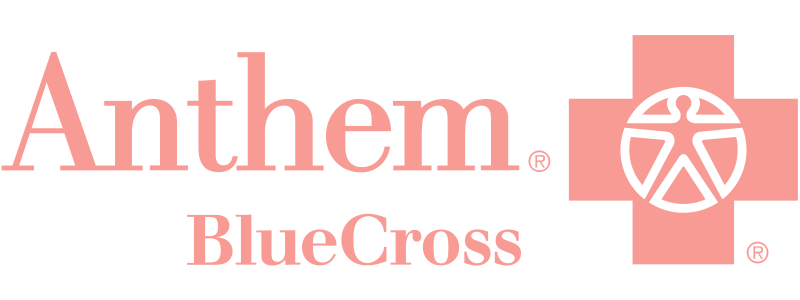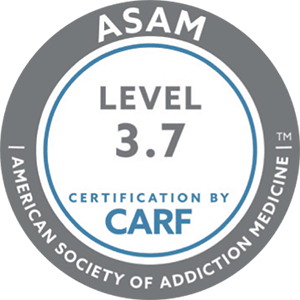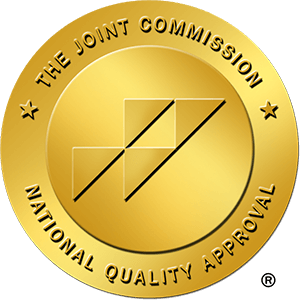Mixing uppers with downers is a dangerous practice that can have severe consequences on both the mind and body. While stimulants and depressants have opposite effects, combining them can put extreme stress on the nervous system, leading to unpredictable outcomes. Many people mistakenly believe that one drug can cancel out the effects of the other, but this is far from the truth. Instead, mixing these substances can mask warning signs of overdose, increase dependence, and lead to life-threatening conditions. If you’re concerned about what happens when you mix uppers and downers, please continue reading for information about the risks, tips, and effects of this potentially lethal combination.
Next Steps
If you’re struggling with addiction, you don’t have to face it alone. At Casa Capri, we offer expert, women-centered care in a supportive and nurturing space—designed by women, for women. Our team is here to help you heal with purpose and connection.
Call our admissions team for a free, confidential chat—we’ll even check your insurance and estimate any costs upfront.
What Are “Uppers” and “Downers”?
Stimulants: “Uppers”
Stimulants, often called “uppers,” are drugs that increase alertness, energy, and heart rate. These substances stimulate the central nervous system, making users feel more awake and euphoric. They are commonly prescribed for conditions like ADHD but are also widely abused for their energizing effects. Some people misuse stimulants to enhance focus, stay awake longer, or achieve a temporary sense of euphoria. However, these drugs can lead to increased heart rate, high blood pressure, and heightened anxiety, among other risks.
Depressants: “Downers”
Depressants, or “downers,” have the opposite effect of stimulants, slowing down brain activity and the nervous system. These substances are generally prescribed for anxiety, insomnia, or muscle relaxation. While they can help with calming the body, they also reduce coordination, lower blood pressure, and slow breathing. The effects of depressants can be highly addictive, leading many individuals to develop dependency over time. Misuse of depressants, especially in combination with stimulants, can be deadly.
Examples of Stimulants and Depressants
In an effort to fully understand the dangers involved with combining these substances, here are examples of stimulants and depressants:
Examples of Stimulants
- Cocaine: This is a powerful stimulant that increases dopamine levels and produces short bursts of intense energy and euphoria.
- Adderall: A prescription amphetamine commonly used to treat ADHD but often misused for increased focus and energy.
- Methamphetamine: A highly addictive drug that leads to extreme energy, euphoria, and significant health risks.
Examples of Depressants
- Alcohol: This is a legal depressant that slows down brain function, impairs judgment, and can lead to addiction.
- Benzodiazepines: These are prescription drugs like Xanax and Valium that help with anxiety but carry a high risk of addiction.
- Opioids: Pain-relieving drugs that depress the central nervous system and are highly addictive.

What Happens When You Mix Uppers and Downers?
Mixing uppers with downers creates a dangerous push-and-pull effect on the body. Although stimulants increase heart rate and energy, depressants slow down vital functions. This combination can mask overdose symptoms, making it difficult to recognize when the body is in distress. People who mix these drugs may feel they have better control, but in reality, they are at a higher risk of heart problems, respiratory failure, and overdose. Polydrug use often leads to increased tolerance, dependence, and long-term health consequences.
The Differences Between Stimulants vs Depressants
Stimulants and depressants work in opposite ways on the central nervous system. Stimulants boost alertness and heart rate, while depressants slow everything down. The key difference between stimulants vs depressants is their effect on neurotransmitters. Stimulants increase dopamine and norepinephrine levels, while depressants enhance GABA, the brain’s natural calming chemical. While both types of drugs can be addictive, their withdrawal symptoms and health risks differ significantly.
Effects of Depressants
Short-Term Effects
Depressants quickly affect the body by promoting drowsiness and relaxation. These substances reduce breathing and heart rates, which can bring about a calm feeling but also carry dangers if overdosed. Moreover, they diminish coordination and judgment, turning tasks like driving or operating machinery into hazardous activities.
Long-Term Effects
Prolonged use of depressants significantly increases the risk of addiction and dependency, making it difficult for individuals to function without them. Over time, memory loss and cognitive decline can develop, affecting daily life and decision-making abilities. Furthermore, continued use can result in severe respiratory problems and organ damage, further deteriorating physical health.
Effects of Stimulants
Short-Term Effects
Stimulants trigger a rapid increase in heart rate and blood pressure, often leaving users feeling extremely energized and alert. They boost concentration and productivity, leading some to misuse them for performance enhancement. However, these substances also suppress appetite and interfere with sleep, potentially causing long-term effects like exhaustion and malnutrition.
Long-Term Effects
Chronic stimulant use carries a high risk of addiction and withdrawal symptoms, making cessation particularly challenging. Long-term use can cause heart damage and severe cardiovascular issues, increasing the risk of heart attacks and strokes. Additionally, prolonged stimulant use is associated with heightened anxiety and paranoia, which can severely impact mental health and overall well-being.

Side Effects of Polydrug Use
Cardiovascular Problems
Mixing stimulants and depressants strains the heart, increasing the risk of heart attacks or arrhythmias.
Increased Overdose Risk
Since the effects mask each other, individuals may take higher doses, leading to an unintentional overdose.
Mental Health Issues
Polydrug use can contribute to severe anxiety, depression, and increased risk of suicidal thoughts.
Common Examples of Polydrug Use
- Cocaine and alcohol
- Adderall and Xanax
- Methamphetamine and opioids
If you or a loved one is struggling with polydrug use, Casa Capri Recovery can help. Our specialized team understands the dangers of mixing uppers with downers and offers compassionate, personalized treatment for women battling addiction. Don’t wait—reach out today to start your recovery journey.

Next Steps
If you’re struggling with addiction, you don’t have to face it alone. At Casa Capri, we offer expert, women-centered care in a supportive and nurturing space—designed by women, for women. Our team is here to help you heal with purpose and connection.
Call our admissions team for a free, confidential chat—we’ll even check your insurance and estimate any costs upfront.
FAQs About Mixing Uppers with Downers
Which drugs should not be mixed?
Mixing stimulants with depressants, opioids with alcohol, or benzodiazepines with other sedatives can be extremely dangerous and increase overdose risk.
What happens if you take two different drugs at the same time?
Combining drugs can lead to unpredictable effects in different people. Some results include increased toxicity, a higher risk of overdose, or severe side effects.
What are uppers and downers slang?
“Uppers” refer to stimulants like cocaine or Adderall, while “downers” refer to depressants like alcohol or benzodiazepines.
What is an example of a multi-action drug?
MDMA (the Methylenedioxymethamphetamine known as Ecstasy) is a multi-action drug that has both stimulant and hallucinogenic properties.
How do stimulants and depressants affect the nervous system?
Stimulants excite the nervous system, increasing energy and alertness, while depressants slow it down, creating relaxation and sedation.
Can mixing stimulants and depressants cause death?
Yes. Combining these drugs can lead to heart failure, respiratory depression, and overdose, which can be fatal.
Why do people mix uppers and downers?
Some people mix them to balance the effects, but this is extremely dangerous and increases health risks.
What is polydrug use?
Polydrug use refers to consuming multiple substances at once, which can be extremely harmful to health.
Is polydrug use more addictive?
Yes, combining substances can heighten dependency and make quitting more difficult.
What should I do if someone overdoses from polydrug use?
Call emergency services immediately and provide as much information as possible about the substances taken.













